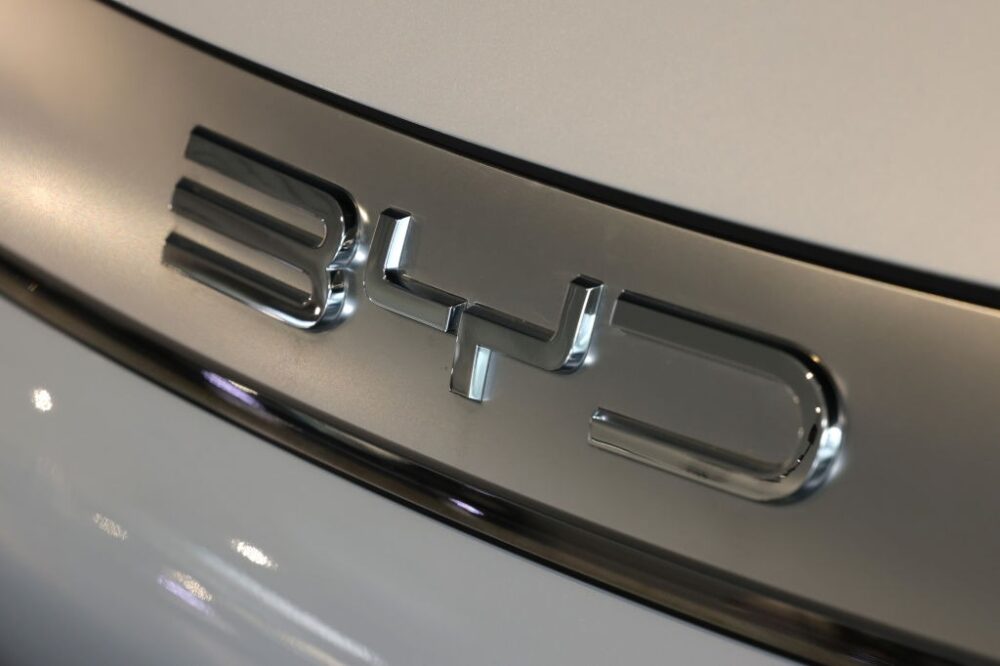Discounts put used-car prices under pressure in Poland
22 October 2024

New-car discounting put used-vehicle values under pressure in Poland during the third quarter. Marcin Kardas, head of valuations at Eurotax Poland considers the impact with Autovista24 editor Tom Geggus.
A relatively quiet summer for Poland’s passenger-car market saw the stabilisation of values. But since the beginning of September, aggressive discounting has returned, impacting prices.
Dealers have implemented large discounts for models equipped with GSR2-compliant equipment. These vehicles are often priced below the previous generation of cars, which feature inferior standard equipment. This directly affects the pricing of the youngest models, resulting in heavy losses in value.
Older cars have seen rates of depreciation stabilise, with levels staying the same since the beginning of the year. This has been observed across all ages and segments, resulting in similar trends across the market, a rare phenomenon.
Overall, demand for used cars is stable, but the market has not yet returned to pre-COVID-19 levels. The youngest cars seem to be particularly attractive because their values have reached their lowest level in several years. Dealers do not have any problem with selling these cars.
Discount pressure has affected residual values (RVs), which continue to fall, following sinking used-car listings. The biggest changes can be expected in the shortest forecast periods, which is directly linked to the discounting.
Similar price trends have been observed across Europe, with weaker demand harming RVs. This trend has even been recorded across the region’s largest markets since the beginning of 2024.
Discounts as a defence
Large new-car discounts may be a form of defence for European manufacturers against Chinese brands. Some of these new arrivals have recently set up import structures in Poland, building sales networks. These marques will fight hard in the market’s budget segment.
Localised production will provide a path around EU tariffs, but will also commit these brands to the continent. Lower prices for comparably sized vehicles could also open the way for greater expansion in Europe.
Additionally, Chinese brands are no longer as focused on battery-electric vehicles (BEVs). As interest in BEVs declines, these carmakers are turning to hybrid and internal-combustion engine powertrains. These appeal more to buyers concerned with affordability. The European automotive market will transform in the near future as it adapts to new conditions and competition.
The new-car market also saw the exhaustion of government subsidies for leasing this year. This has been the primary source of financing for companies choosing all-electric cars. So, BEVs are still a marginal part of the Polish automotive market.
Used BEVs have continued to see prices plummet further than any other powertrain. Used-car buyers are sceptical and unwilling to adopt the technology. This directly translates into low valuations and poor RVs.
New-car registrations in Poland reached 398,631 units between January and September, according to data from PZPM. This represents a significant year-on-year increase of 13.8% year-on-year. However, the situation with discounting points to problems with new-vehicle sales. The statistics might be distorted by dealer self-registrations due to the introduction of GSR2.
Slow stabilisation of van values
Poland’s commercial vehicle market is still seeing supply levels fall. All market segments saw values drop in the third quarter, although this was less severe than in the first half of the year.
Models between five and six years of age, weighing 1-tonne gross-vehicle weight (GVW), saw sizeable discounting. Vehicles up to four years of age and 3.5 tonnes GVW, also saw sizeable adjustments.
This means faster stabilisation for the market’s heaviest segment, which was the only group to avoid increasing average stock days. LCVs over seven years of age are now returning to an expected long-term average, regardless of segment.
Declining values are not just the result of falling demand, but also fierce competition in the new-vehicle market. Huge discounts have forced the used-vehicle market to react. Stock vehicles from 2023 are still available, highlighting the dilemma facing dealers and declining buyer interest.
Registration statistics remain higher than in 2023. Up to September, 48,055 new vans were registered in Poland, a slight increase of 1.6% year-on-year. The problem is that a large proportion of these were self-registrations by dealers. This allowed the sale of stock vans which were not up to the GSR2 equipment standard. So, the reality is certainly worse. In September alone, 5,565 new vans were registered, according to PZPM.
Falling interest in electric
The situation is not improved by falling interest in electric vans. According to EV Volumes, only 1,128 of these vehicles were registered in Poland between January and August, down 33% year on year.
The exhaustion of public leasing subsidies also affected the electric commercial vehicle market, where it was a primary source of funding. However, large fleets and state institutions have been driving purchases of electric vans because of ESG policies and regulations.
At the moment, the first post-contract vehicles are starting to return to the used market, but demand is negligible. This translates into huge drops in value, especially compared to prices from a few years ago. New LCV list prices have also fallen in the meantime, similar to passenger cars.
Intense reductions in listings are still ongoing and imply a decline in the viability of electric vans for first-time users. This may further discourage continued use, despite significant improvements in performance and an improving drivable range. The asking price trends confirm the difficult situation on the secondary market. The high volatility is due to the very small range of used all-electric vans available.
HGVs still in crisis
The situation on the used heavy-goods vehicle (HGV) market continues to be tough. Demand is down, and the number of transactions is severely limited. Low prices encourage fleet renewals with newer vehicles, but this only happens to a limited extent. This results in demand for lower-mileage vehicles.
However, haulage companies are not expanding their fleets, resulting in a stagnating market, especially for large tractor units. These vehicles are dedicated to long-haul transport.
As demand falls, values are declining, although this trend did slow in the third quarter. This was due to a lack of buyer motivation amid continual price declines. Meanwhile, dealers held out hope that the situation would soon improve.
Nevertheless, the fall in values compared to last year reached up to 35%, depending on the brand. For the time being, there are no signs of demand increasing. More broadly, the economic situation in Western Europe will also determine the market’s resurgence.
Turkey is currently the main destination for sold used trucks, as well as countries in the Far East, such as Kazakhstan and Tajikistan. However, this mainly concerns vehicles between six and eight years of age.
Domestic stagnation
Vehicles dedicated to domestic transport, mainly logistics vehicles up to 18 tonnes GVW, are stagnating, with values continuing to fall. The distribution market, which is dependent on the condition of the Polish economy, is also in trouble.
Only construction vehicles are currently experiencing a stable environment. The decline in dump truck values is much smaller, with levels returning to a familiar point. The construction industry is not currently experiencing major remarketing problems.
The tough situation in the truck sector is confirmed within the new-vehicle market figures. As of September, only 14,639 units had been registered, a fall of 24.9% year on year according to PZPM. These statistics are unlikely to improve by the end of 2024.




